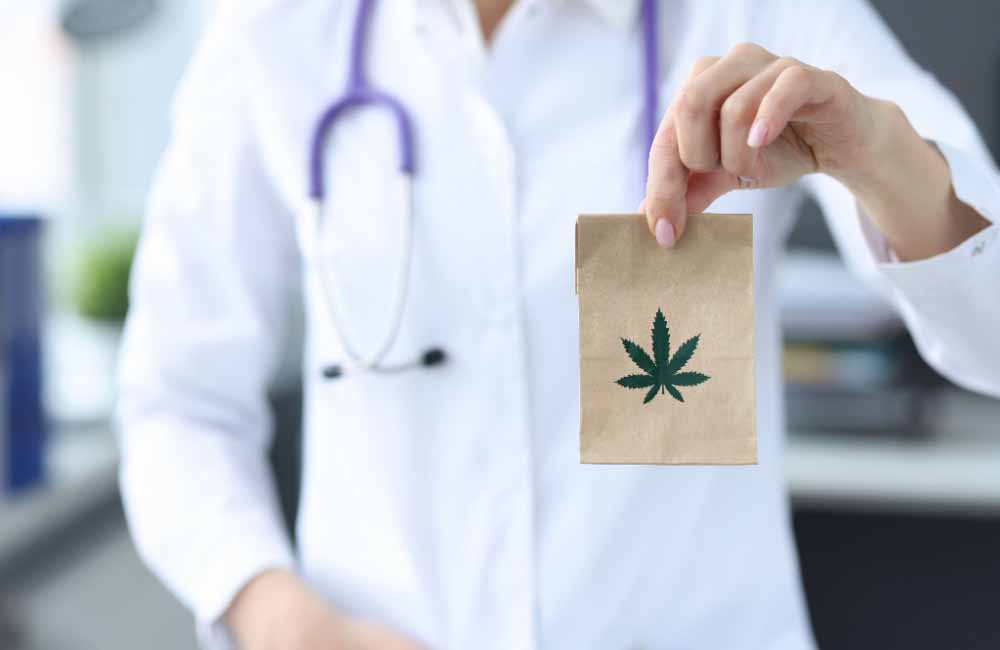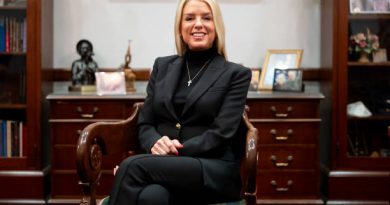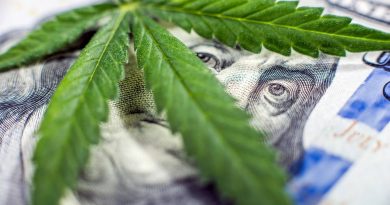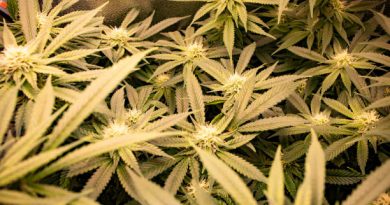Documents Show Thinking Behind HHS Marijuana Rescheduling Recommendation
Last year, the U.S. Department of Health and Human Services (HHS) made a marijuana rescheduling recommendation that called for moving cannabis from Schedule I to Schedule III on the federal government’s list of potentially harmful drugs. The question many asked at the time was: “What changed?”
The U.S. has a long history of deeming cannabis a dangerous drug, dating back to the early 20th century and reaching its peak with the launch of the War on Drugs in the 1970s. But the HHS recommendation, now under consideration by the Drug Enforcement Administration, reverses years of federal government policy. Cannabis remains illegal at the federal level, even as half of the American population now lives in a state where cannabis is legal for both recreational and medical use.
“It is a surreal feeling to finally read an official document from the U.S. government that confirms what humanity has known for centuries, namely that cannabis has medicinal benefits and should be treated as such,” Brady Cobb, CEO of Sunburn Cannabis and a lobbyist for the cannabis industry, told TheStreet. “From tax reform to criminal justice reform, to accessibility to interstate commerce, this move would mark the true start of our legalization moment and I am proud to be a part of it along with so many others.”
HHS Marijuana Rescheduling Recommendation Considered Eight Different Factors
HHS made its recommendation after considering a variety of criteria in relation to cannabis. This criteria included:
- The potential for cannabis abuse.
- Scientific evidence of pharmacological effects.
- Current scientific knowledge about cannabis.
- Cannabis history and current pattern of abuse.
- The scope, duration and significance of abuse.
- The risks, if any, to public health; psychic or physiological dependence liability.
- Whether the substance is an immediate precursor of a substance already controlled.
In its report, HHS officials said that when considering these factors, cannabis simply does not stack up with the potential dangers of other drugs it is grouped with on the drug schedule.
HHS officials wrote that “epidemiological data” indicates that when “comparing marijuana to heroin, oxycodone , hydrocodone, fentanyl , cocaine, ketamine, benzodiazepines , zolpidem, tramadol, and alcohol in various epidemiological databases that allow for some or all of these comparisons, marijuana is not typically among the substances producing the most frequent incidence of adverse outcomes or severity of substance use disorder.”
President Joe Biden Requested the HHS Recommendation
The HHS marijuana rescheduling recommendation came at the request of President Joe Biden. During the 2020 campaign, Biden has promised to look into the possibility of changing the status of cannabis on the schedule. Currently, it is listed in Schedule I along with drugs such as cocaine and heroin. Biden, while not coming out in favor of legalization, has said he supports decriminalizing cannabis.
Even as 23 states legalize recreational cannabis and all but a handful of states have some type of legal medical marijuana program, legalization at the federal level remains stalled. Republican lawmakers have effectively blocked legalization efforts, although some do favor protecting banks who want to do business with cannabis companies.
The hope of cannabis advocates is that the decision by HHS will help break the deadlock at the federal level. Investors in the cannabis industry could also see a huge boost from a DEA decision that reschedules cannabis.
Cannabis stocks “are clearly spring-loaded and are ready to respond in volume and price,” Emily Paxhia, a managing partner of cannabis-focused hedge fund Poseidon Investment Management, told TheStreet. “When one sees the moves on days where signals pointing toward scheduling and today specifically Schedule III, one can only imagine the torque we will see on the actual announcement from the DEA.”




